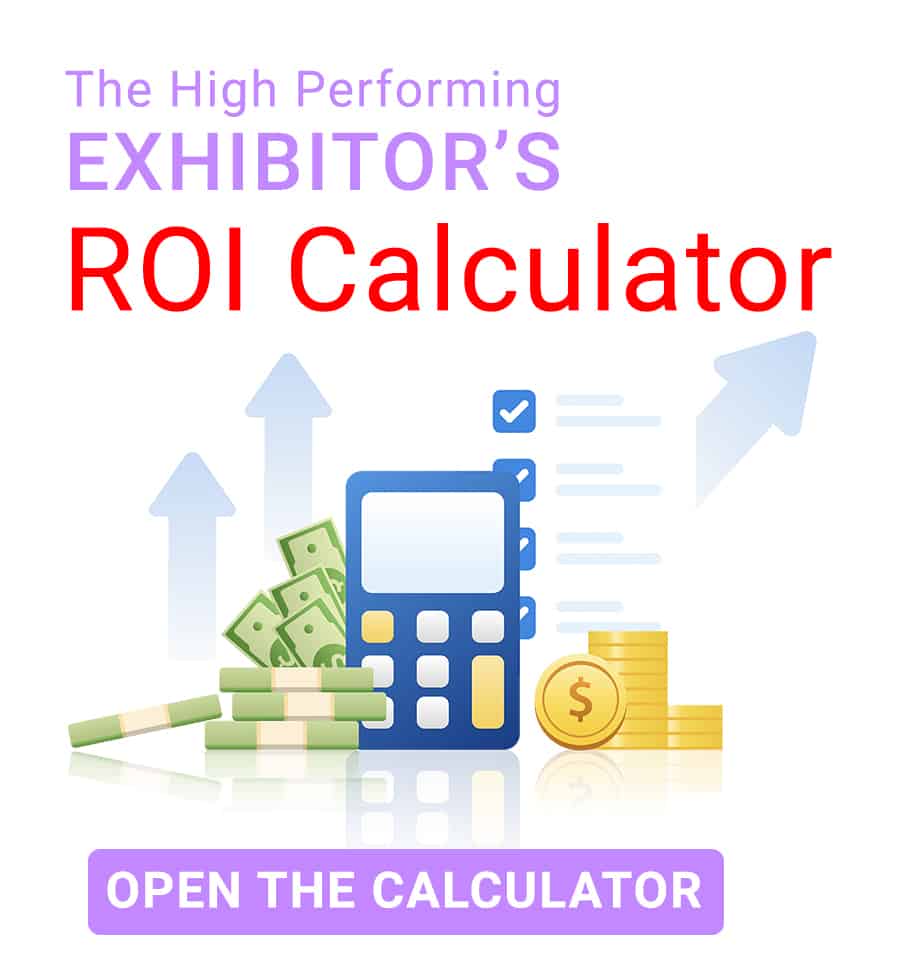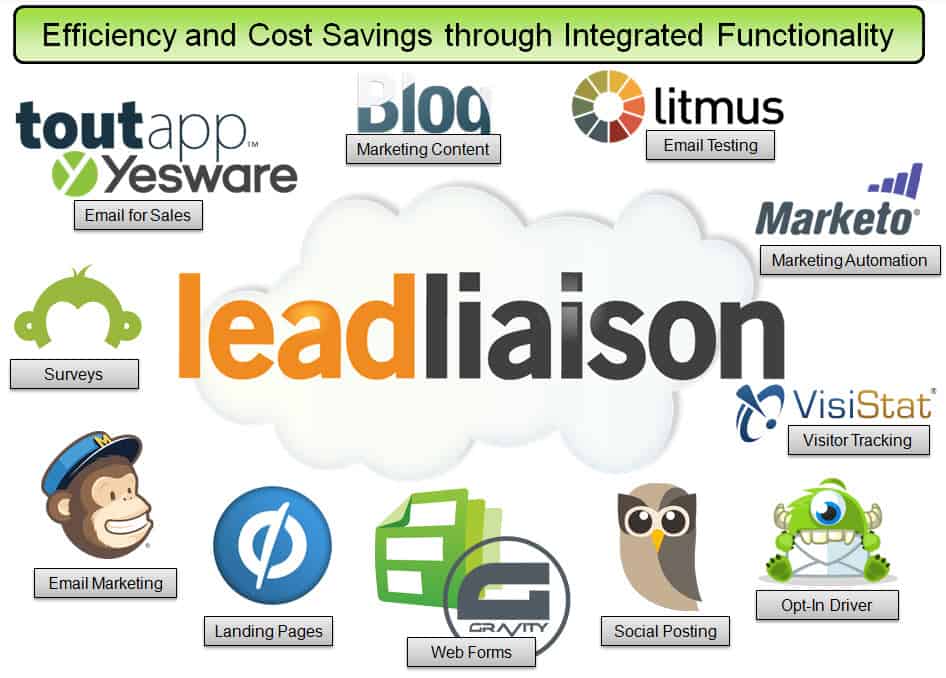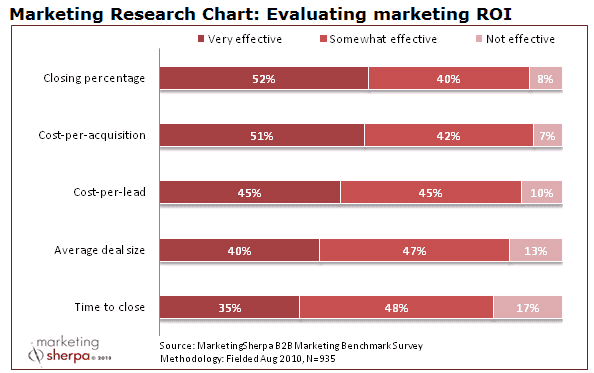Lead Liaison, LLC Celebrates a Decade of Innovation in Sales and Marketing
Lead Liaison, LLC Celebrates a Decade of Innovation in Sales and Marketing
Lead Liaison, LLC proudly commemorates its 10-year anniversary, reflecting on a remarkable journey that has established the company as a global leader in sales enablement, marketing automation, and event management solutions.
Since its inception in 2013, Lead Liaison, LLC has consistently pioneered innovations that cater to the diverse needs of SMBs and enterprise businesses alike. The company’s suite of offerings, including the acclaimed OneFocus™ CRM, Website Visitor Tracking, and Lead Management Automation (LMA), underlines its commitment to enhancing sales and marketing processes.
Founder and CEO, Ryan Schefke, commented, “A decade in this dynamic industry has been an exhilarating journey. From the launch of our LMA platform in 2014 to the recent introduction of EventGen, our event management platform in 2022, our primary focus has always been to offer scalable, integrative, and innovative solutions. It’s deeply gratifying to see our vision transform businesses worldwide.”
One of Lead Liaison’s most notable achievements is the introduction of Captello, a trailblazing lead capture and engagement platform optimized for large enterprises. Captello’s award winning universal lead capture app, event engagement offerings, and integration with over 5,000 marketing automation and CRM platforms have set new industry standards, validating its six-season streak as a G2 Lead Retrieval category high performer.
Brad Froese, Director of Marketing, remarked, “Captello embodies our philosophy of continuous innovation. Its integration capabilities, paired with an unwavering commitment to data security, showcases our dedication to providing clients with a seamless, trustworthy experience. We’re proud to be at the forefront of driving transformative changes in the event industry as well as sales and marketing domains.”
The company’s recent 64% year-over-year growth rate, the introduction of industry-first end-to-end event lead capture system, and the unveiling of a truly unique integrated sales and marketing suite are further testaments to its prowess and vision.
Schefke further added, “Reflecting on the past 10 years, it’s our relentless pursuit of excellence, dedication to client success, and the hard work of our talented team that have brought us here. We’re deeply grateful to our clients for their trust and partnership.”
As Lead Liaison, LLC marks this significant milestone, the company looks forward to the future with renewed passion and commitment, setting its sights on many more decades of innovation, growth, and unparalleled service.
Lead Liaison, LLC is a global leader in sales enablement and marketing automation solutions. With a focus on innovation and customer-centricity, the company offers a comprehensive suite of tools that empower businesses to streamline their sales and marketing processes, driving growth, engagement, and success.’
Lead liaison is a multifunctional event platform that provides: Universal Lead Capture, User Customizable Gamification, Marketing Automation, CRM, Lead Management, Sales Enablement, Leader Boards, Point Rewards & e-Gift Cards, Waypoints for Sessions & Scavenger Hunts, Player Profiles, and more with over 5,000 integrations for all common CRM and Marketing Automation platforms.
To see how Lead liaison’s growing library of digital activations (games), universal lead capture, and reward-based solutions can help your company generate more leads at your trade shows, contact us today!












